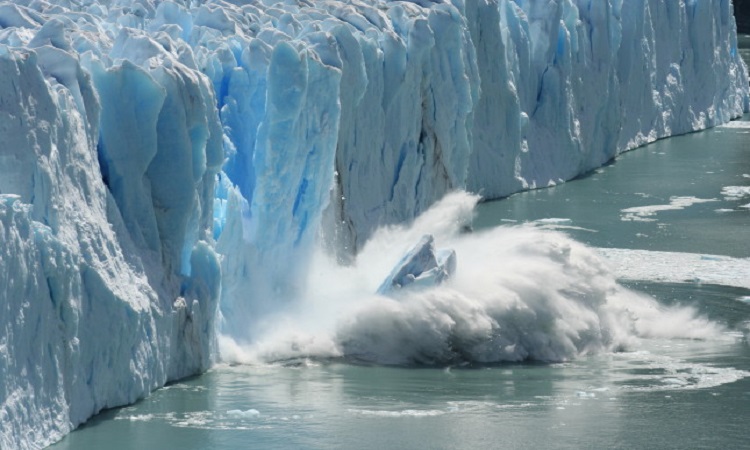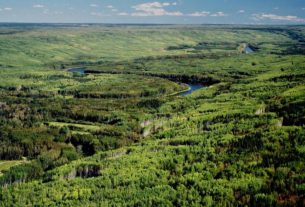Fieldwork in northern Greenland suggests that once collapsed, the ice shelves are no longer able to reform unless the climate cools significantly. Also, a simple return to pre-collapse conditions is not enough. The results were published in the journal Nature Communications on May 9.
The polar caps and the ice shelves that accompany them are objects that evolve with very long time constants. Indeed, to get back into balance once the climate has changed, they need several hundred to several thousand years. For these reasons, the Greenland ice cap is already on the way to large-scale destabilization. A study illustrates with a concrete case this impossibility of a simple step back.
The irreversibility of a rupture of the ice shelves
The researchers were interested in the second largest ice shelf in Greenland, the Petermann shelf, which has already lost 40% of its surface during a rupture event between 2010 and 2012. However, by crossing observational data with a model of the cap, they showed that if the latter were to break up entirely, it would not reappear unless the climate cooled considerably.
We speak of hysteresis to designate the fact that a simple return to the climate that prevailed before the destabilization is no longer enough to reform the platform. For example, even if the temperatures of the polar ocean were to become colder again than they are today, the ice flow associated with the platform studied would remain 40% higher than the current one. In short, the system is locked in a new stable regime.
“If the Petermann platform is lost, we would have to go back in time to a colder climate reminiscent of the period before the industrial revolution to regrow it,” says Henning Åkesson, lead author of the paper. “Given the difficulty of regrowing ice shelves once they have collapsed, the utility of avoiding their failure in the first place should be clearer than ever,” the study notes in its conclusion.
A dopant for sea level rise
Obviously, a total rupture would have strong consequences for sea level rise since the platforms stabilize the ice flow upstream by the buttress effect. As in a cathedral, if the buttresses are removed, the whole structure collapses. For an ice cap, this manifests as an acceleration of mass flow from land to ocean.
“This is only the first step, but it is likely that our findings are not specific to the Petermann platform and Greenland”, underlines the researcher. “If so, in the near future, warming polar oceans could push the ice shelves that protect Earth’s ice caps into a new state of elevated shrinkage from which recovery would be extremely difficult.”



